A weekend away from Paris is never a bad idea.
I had wanted to go to Bayeux for ages. It's one of the only towns that didn't get demolished in that part of Normandy during WWII, leaving a quaint medieval village to wander around. Nearby cities like Caen were almost completely reduced to rubble, leaving a blank slate to be rebuilt into sprawling industrial and port cities in cold post-war architecture. It's kind of a tourist town, but it wasn't so busy where you felt mobbed or like you couldn't get a dinner reservation.
The city is crowned with an enormous thousand year old gothic Cathedral.
They don't grow grapes here, so cider becomes the Champagne drink of choice. It's usually very cheap- $3-$4 euros for a bottle, and it's very drinkable. It goes nicely with the fresh oysters and the savory buckwheat crepes called galettes that you can get pretty much everywhere.
I badly wanted to visit the Bayeux Tapestry. It's a very unique work of art from the 11th century. It's not a tapestry at all, but a long linen cloth stitched together and embroidered with great detail and embellishment.
(All tapestry images courtesy Wikipedia since photos were not allowed and I tend to take the preservation of these things seriously. It annoys me to no end that some vistors decided to perserve their memories via their Iphones despite getting yelled at by security.)
It used to hang in the nearby cathedral, but it was moved into a special museum where it could be in climate controlled perfection.
It's basically a comic book for the illiterate, which, in the 11th century, chances are you weren't spending too much time learning how to read.
It tells the story of William the Conquer. Well, he was actually known as William the Bastard when the story starts, and ends up becoming William the Conquer. He was the Duke of Normandy, and he decided he was the rightful heir of the throne of England as well and went off with his troops to give the usurper Harold a royal ass kicking. The battle of Hastings is portrayed with much violence and detailed stitching- blood and severed body parts and gore.
It's basically a propaganda piece to convince the British populace that William was the good guy in all this, and despite the fact that the dying heirless King Edward said the crown should be passed to Harold.
The museum itself is fantastic. The whole tapestry is laid out in a long, unbroken arched hallway. You are given an audio guide that explains in detail what is going on, scene by scene. It was so amazing, when we were done, we went back and did it again. The boats, the battles, the quicksand in front of Mont Saint Michel, the laughing horses...it deserved a lot of your attention. Upstairs, there is a museum explaining the techniques used in the tapestry and the history of the events, and a film that shows a really convincing reenactment.
Yes, natural dye was used. Three kinds: Woad for blues, Madder for reds, and Weld for yellows, all used at different saturations to get the various shades. Here's a great website talking about the dyes and techniques used.
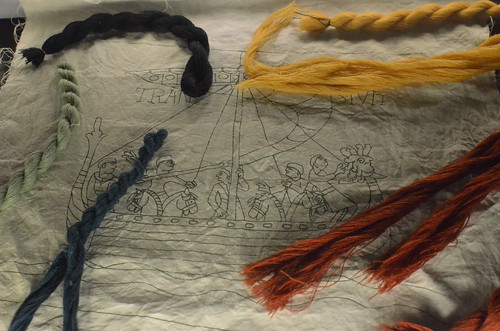
My favorite scene:
Hayley's comet, appearing ominously in the sky to fortel the demise of Harold, ages before people knew what a comet might really be. It's the same comet I saw in 1986 and caused me so much childhood angst about the kind of world we would live in the next time it paid us a visit.
Here, in a rather old-school web page, is the entire thing, scene-by-scene.

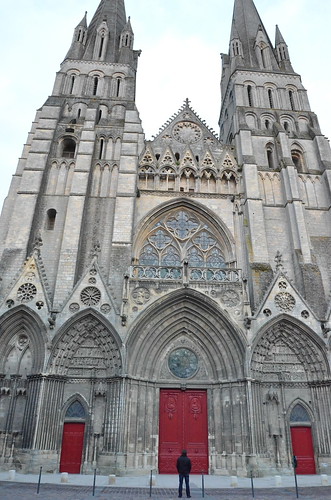
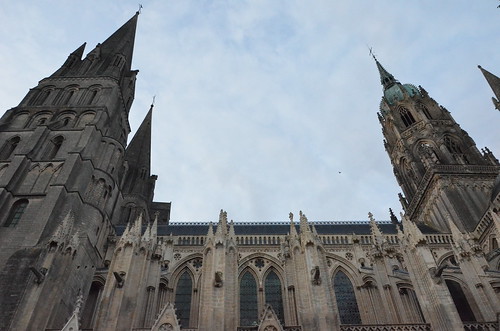
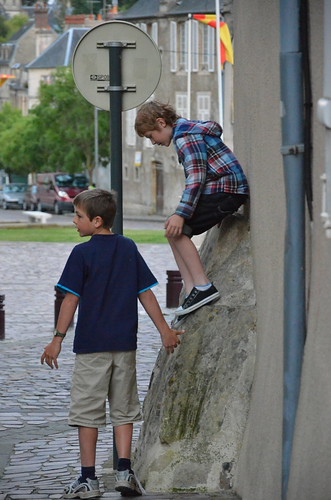
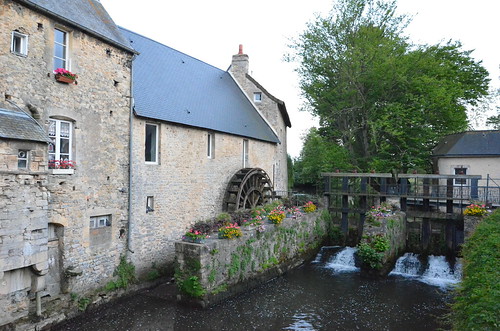
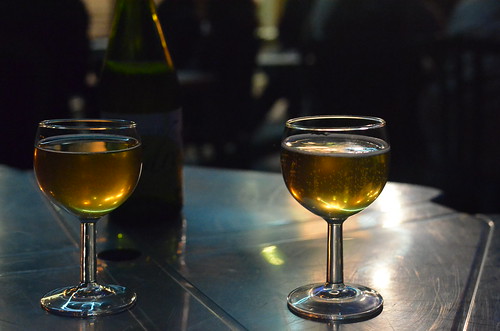




No comments:
Post a Comment